The Astronomy Student Notebook
The Astronomy Student Notebook is a publisher-approved Notebook Companion™ for The New Astronomy Book by Master Books. This flexible Notebook Companion™ is suitable for grades 4-8.
Each chapter includes vocabulary words, open-ended questions to prompt written narration and notebooking, drawing, and more. There are also numerous Bible verses provided as copywork throughout.
At the beginning of the unit, you’ll find a list of bonus related freebies we have for you that can enrich your study of astronomy. At the end of the unit, we’ve provided a set of ready-to-print vocabulary flash cards for review.
Like our other open & go curriculum, there is no prep-work involved – you simply grab your copy of the book and your Notebook Companion™ and work at your own pace.
Topics Covered with The Astronomy Student Notebook + The New Astronomy Book by Master Books:
- What is Astronomy
- The Night Sky
- The Moon
- The Solar System
- Two Kinds of Planets
- The Sun
- Telescopes
- History of Astronomy
- Stars
- Extrasolar Planets
- Stars Clusters and Nebulae
- Our Galaxy The Milky Way
- Light-Travel-Time Problem
- The Expanding Universe
- Quasars and the Active Galaxies
- Cosmology

The Astronomy Student Notebook was created with permission from the publisher, Master Books. It is a Notebook Companion™ to The New Astronomy Book, sold separately.
We also have Notebook Companions™ for other volumes in the Master Books Wonders of Creation Series.
-
*Digital Product
-
*Digital Product
-
*Digital Product
-
*Digital Product
-
*Digital Product
-
*Digital Product
-
*Digital Product
-
*Digital Product
-
*Digital Product
-
Master Books Wonders of Creation Notebook Companion™ Set
Original price was: $89.55.$53.73Current price is: $53.73. Buy Now*Digital Product
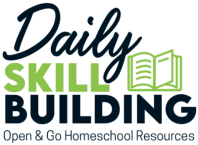
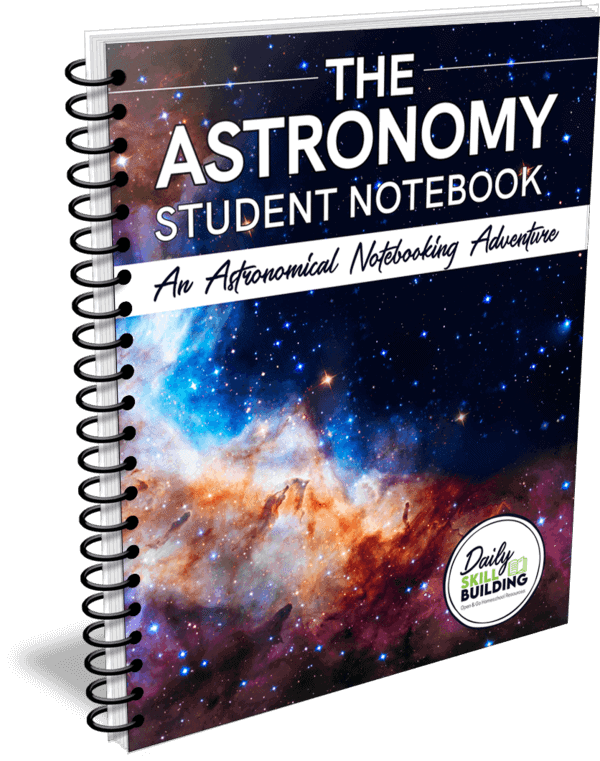
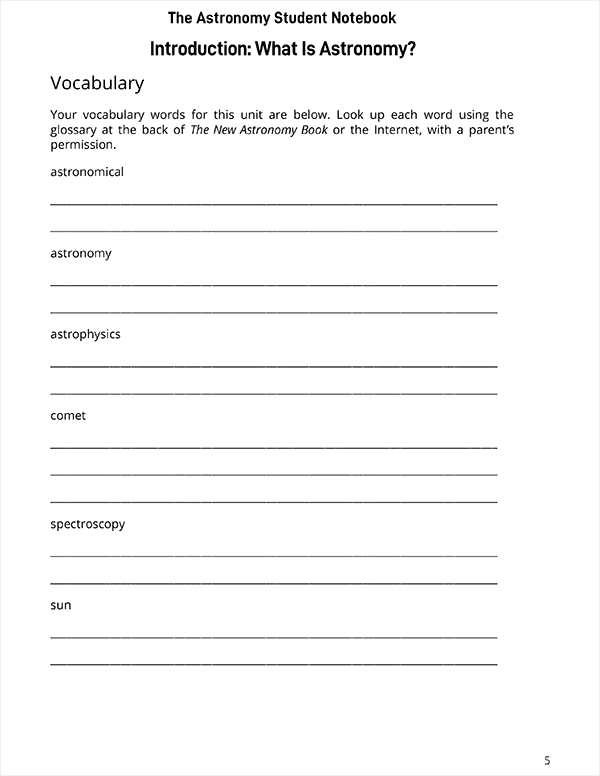
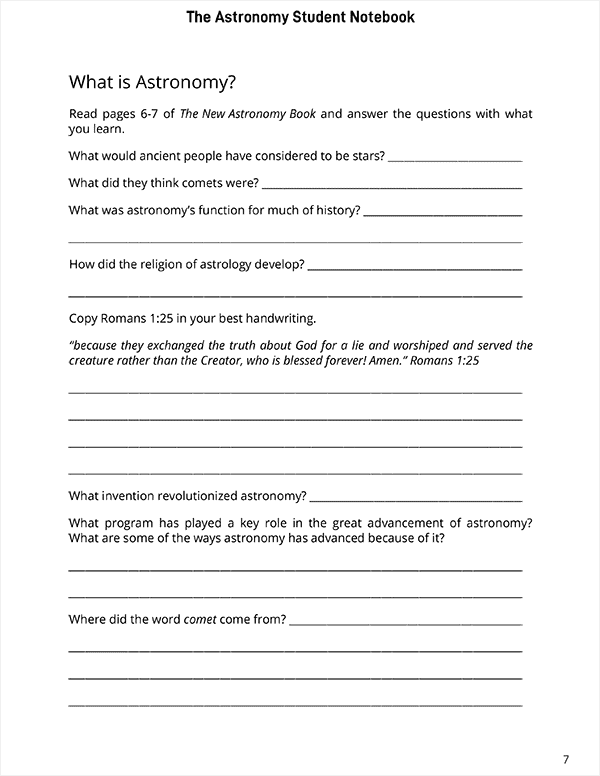
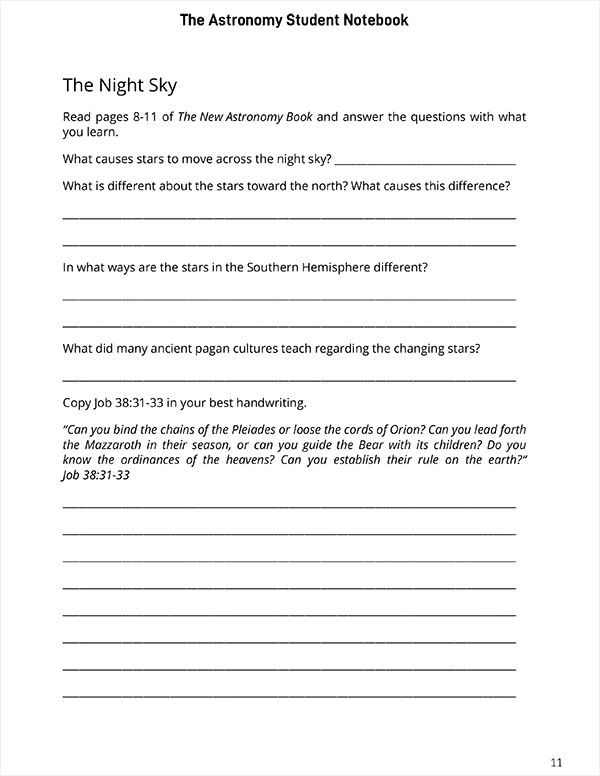
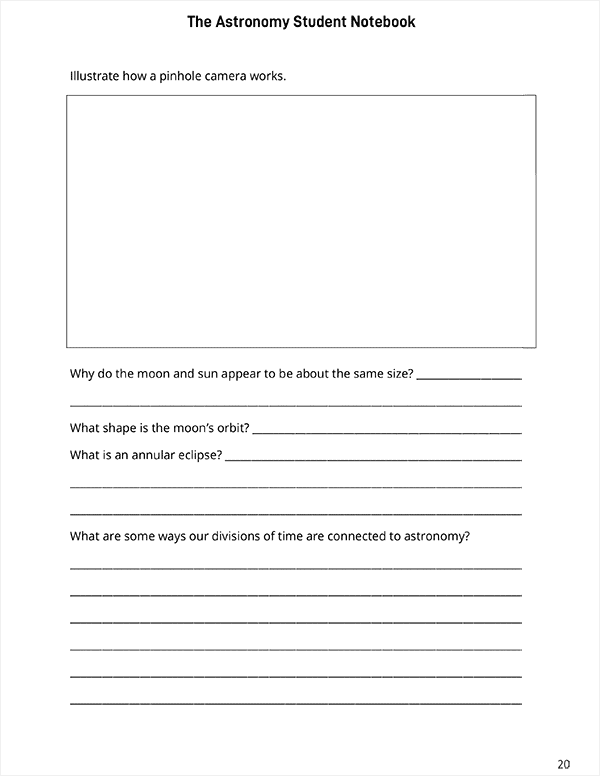
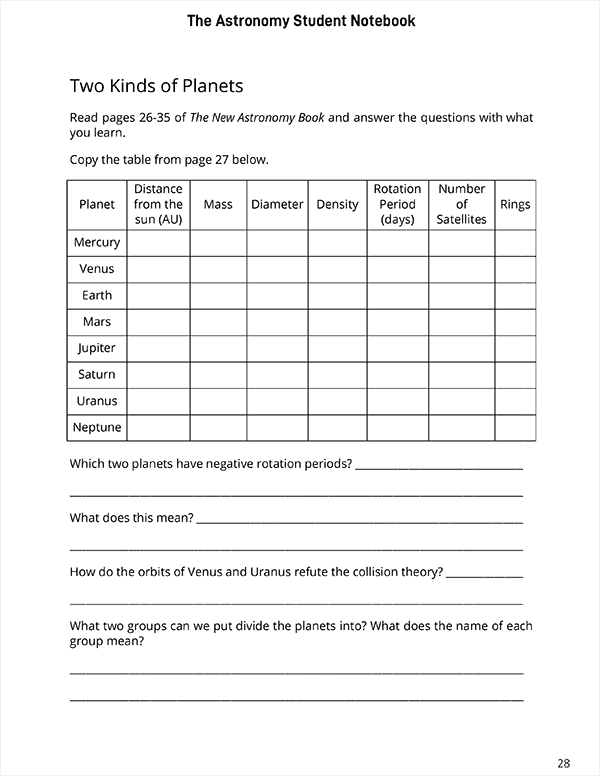
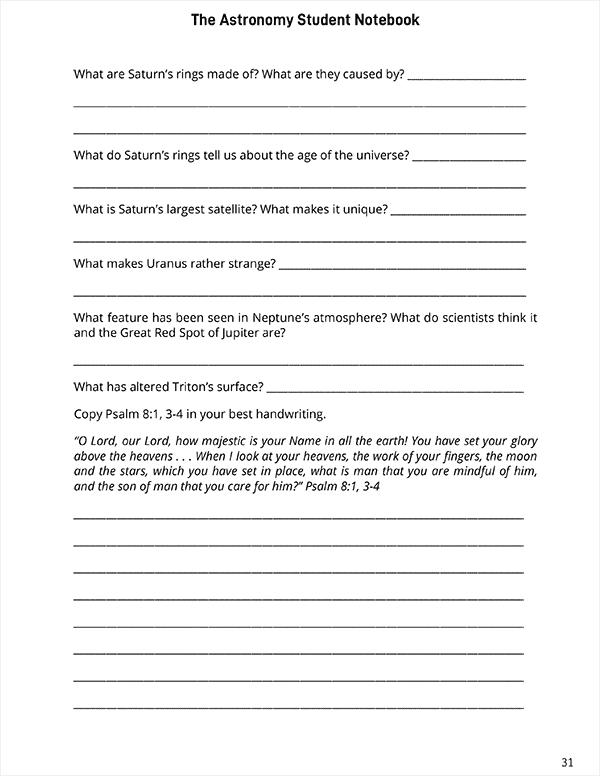
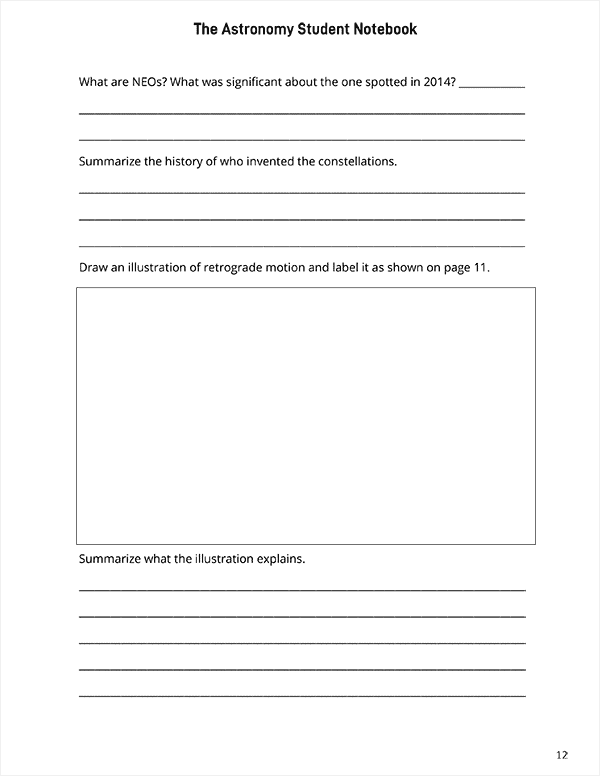
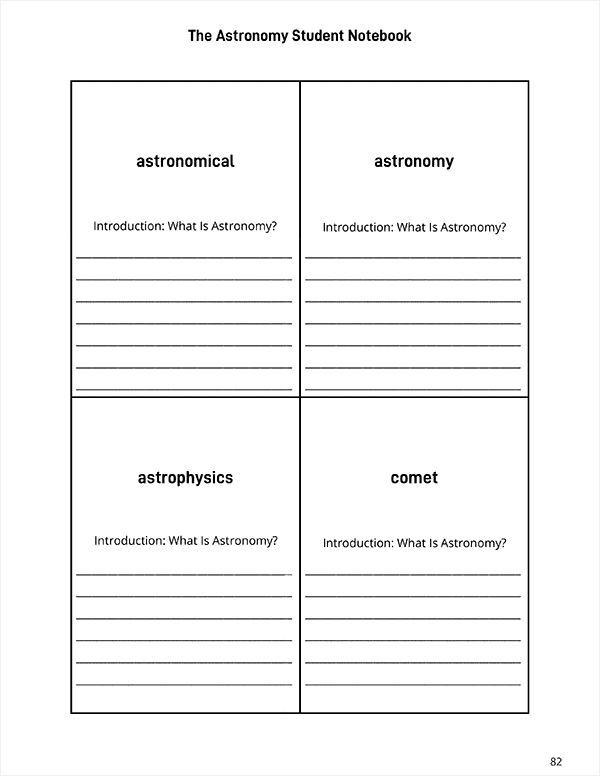


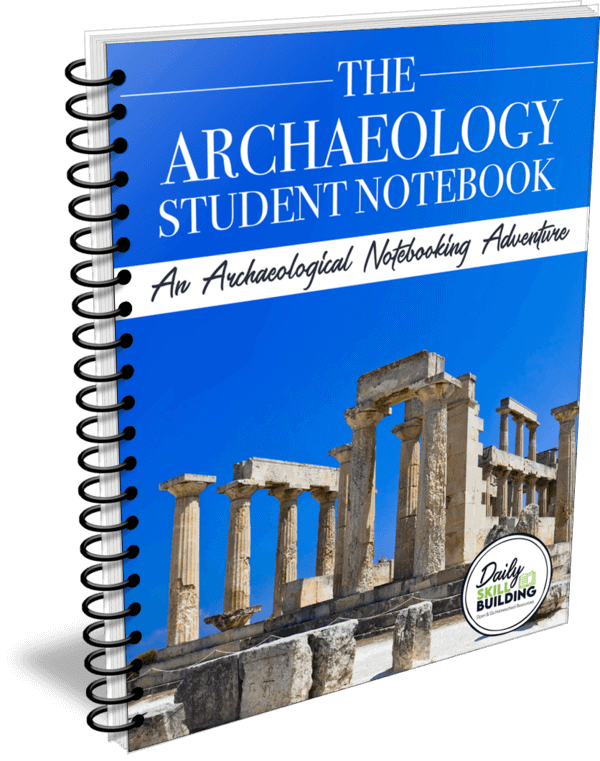

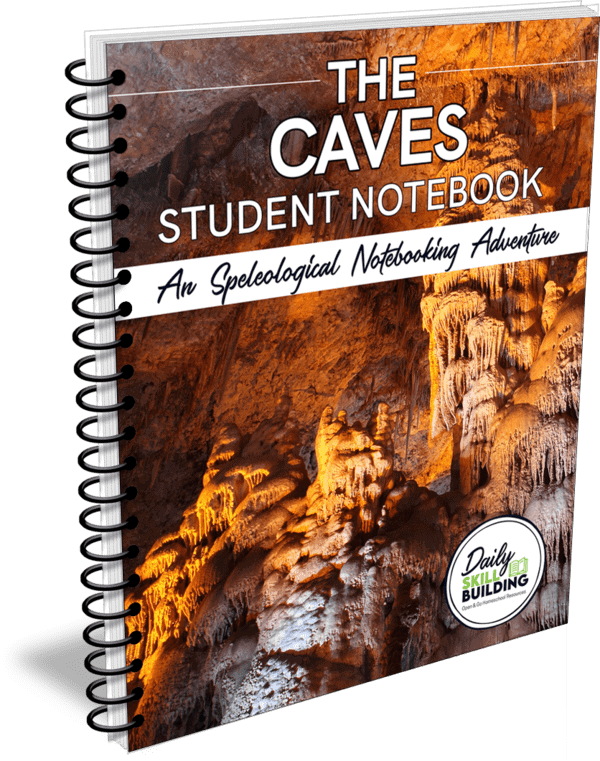
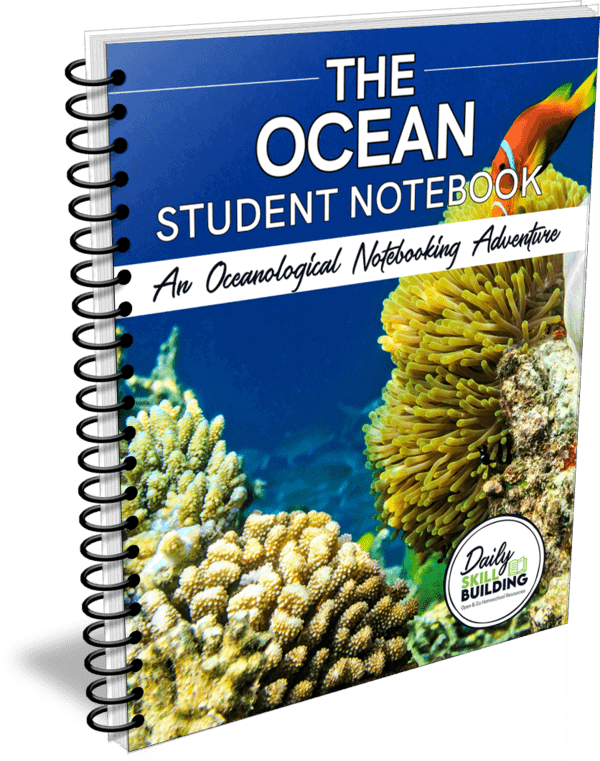
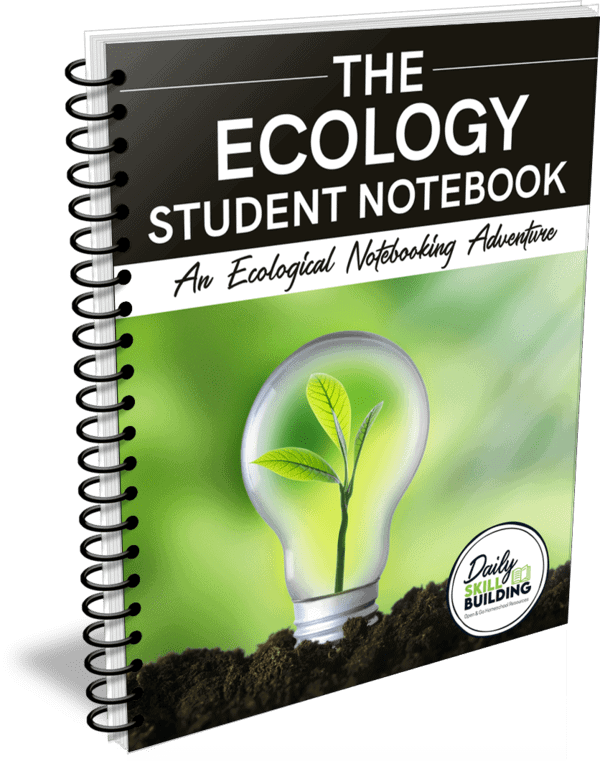
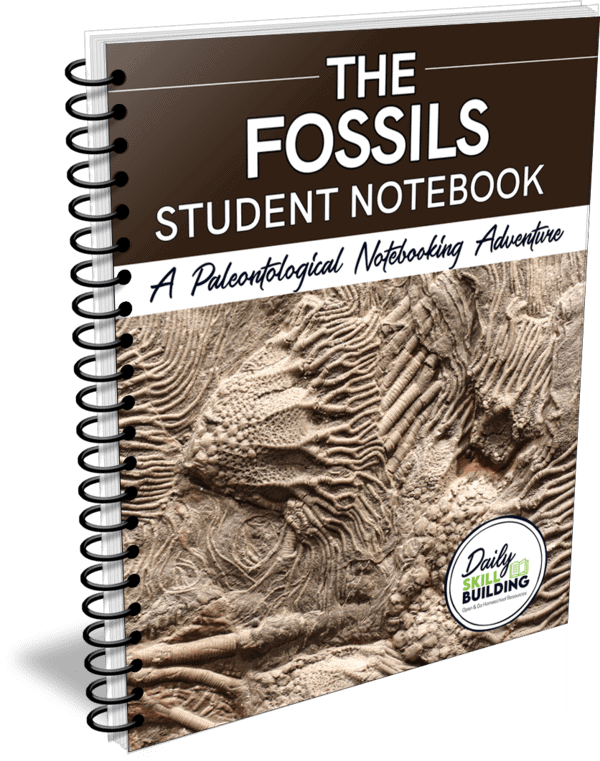
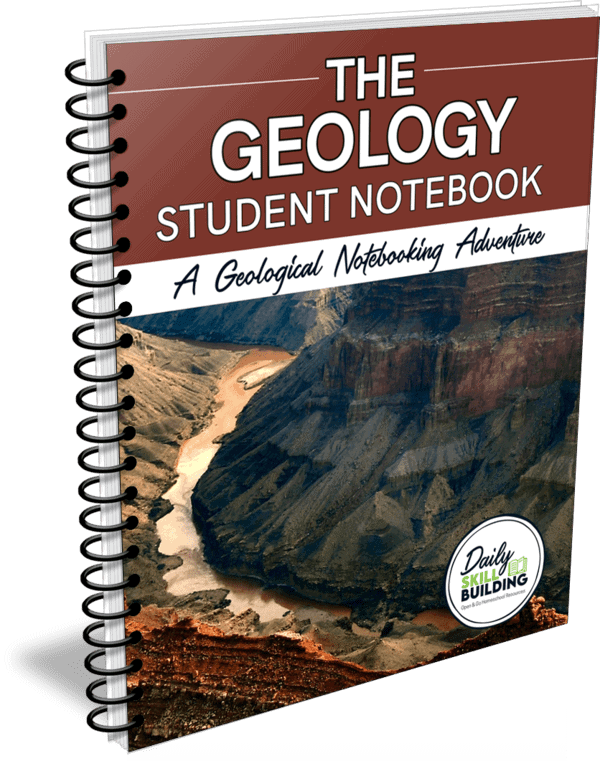
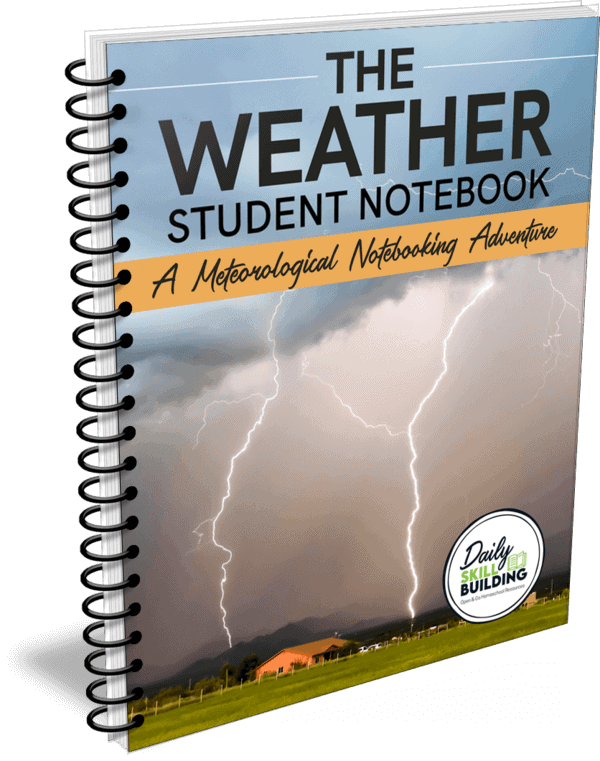

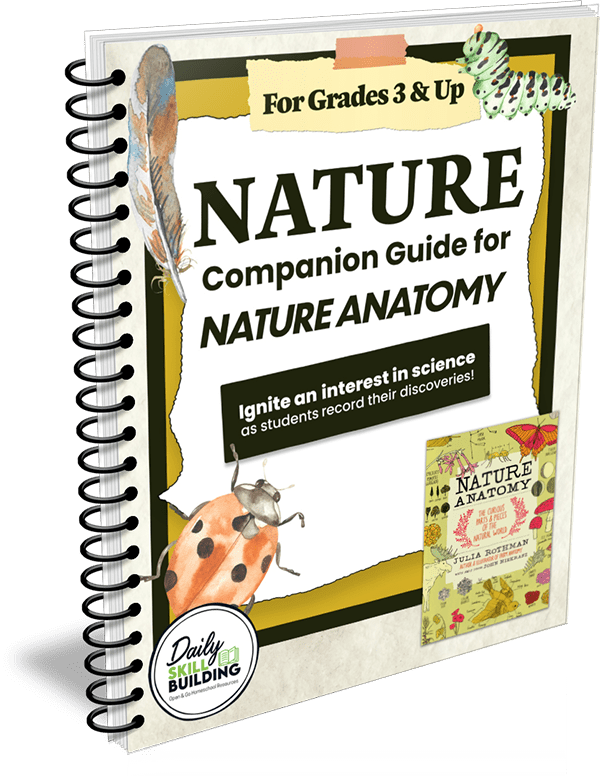
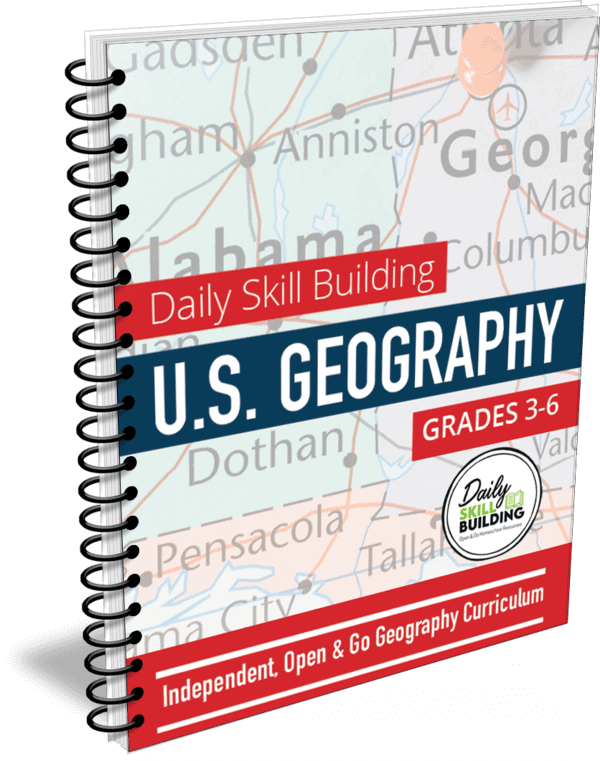
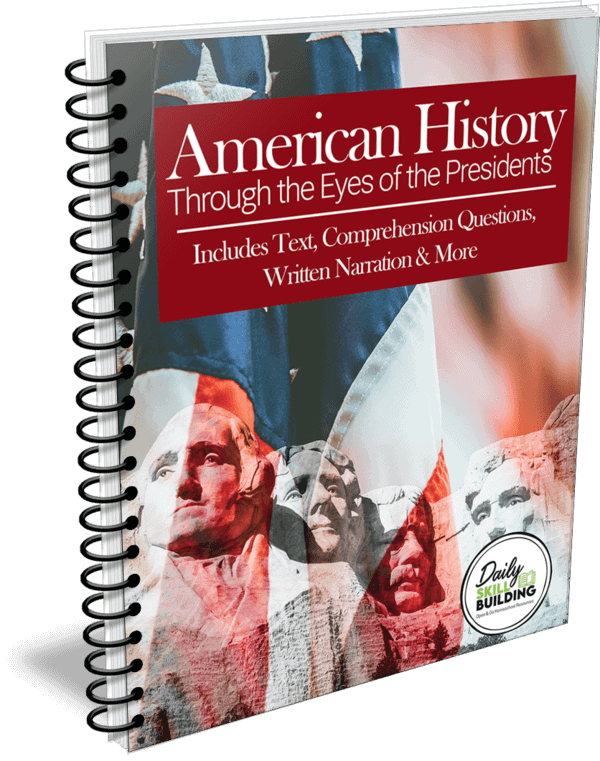

Jolie Simmons –
For us the notebook has not worked immediately as an open and go.
The notebook is written the same way the Units were written from the book, causing the lesson to appear varied in lengths.
For example The Unit “Night Sky” is 4 pages of reading with two pages of notebook. “The Moon” section is 10 pages reading with 7 pages of notebook.
I use with 6th and 8th grade special needs boys. Unfortunate, for us, the font is very small in “Astronomy by Master Books”, overwhelming my 6th grader, as the appearance seem insurmountable to him. Then when he sees the note book instructing him to read pages 12-21 he instantly shuts down. So I had to find his pace first in the reading. It’s two pages of shared reading or me reading to him. Then I marked where he needed to start and end question up to that point, approx. 1- 1 1/2 pages writing notebook.
A feature of the Notebook I really LOVE is the ability for him to create a text box and TYPE answers into a copy of the notebook on computer. This has freed me up from dictation and expanded his notebook pages to 2-3 pages!
My 8th grader is not overwhelmed with the reading or writing aspect per se but also with the perceived lesson lengths. And since he is not proficient tracking where to begin and stop, as self pace, It required me to go through and break up the larger sections into lengths that work for him. 2-4 pages reading with 2-3 pages note booking. Block/timed work has not work for us.
The comprhension question vocabulary definition fill in and
Lillian Warren –
This notebook was not what I expected. We have been using the notebooks for the Nature books. These master books are different which makes sense on the change of the page layouts. These notebooks require the students to do a lot of writing not much of sketching or drawing. They also require further notebooks to be able to go deeper into the topics. I have this for my 9th grader which made them perfect for the higher level student. They may be a little more difficult for younger students.
Daily Skill Building –
Thank you for your feedback! This series is definitely geared towards 4th grade and up. Many middle school families use these books for science. Unlike the Nature Notebook that accompanies Nature Anatomy, there are not as many illustrations for the student’s to sketch, but we include as many as possible. I am glad you are finding it useful for your high school student.
Serrena Griffin –
My son is loving this notebook! He was excited to choose Astronomy as his first to do out of the series. He strives with independent learning, switching over to this companion notebook made this his favorite subject. Every time he completes a lesson he can’t wait to tell me all the really neat things he has learned. We are going to complete this series but I will let him choose the order. We are completing our first year homeschooling and we have started and stopped so many subjects trying to find the right fit. For our family, this has been spot on! It feels good to know we found something that works well and we will finish!
A Wolf –
I absolutely love these journals. We really enjoy the MasterBooks texts and this is our favorite way to track our learning when using them. We have oceans, geology, astronomy and minerals and are very happy with them.
Yvie –
While designed to be used with MasterBooks, we used this notebook as a stand-alone piece of a middle school research curriculum. The pages cover vocabulary and history, and provide many different opportunities for students to learn to do research as they look up the answers to the questions and complete the charts. Very comprehensive!